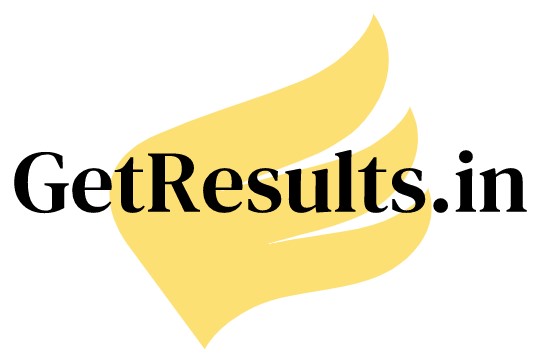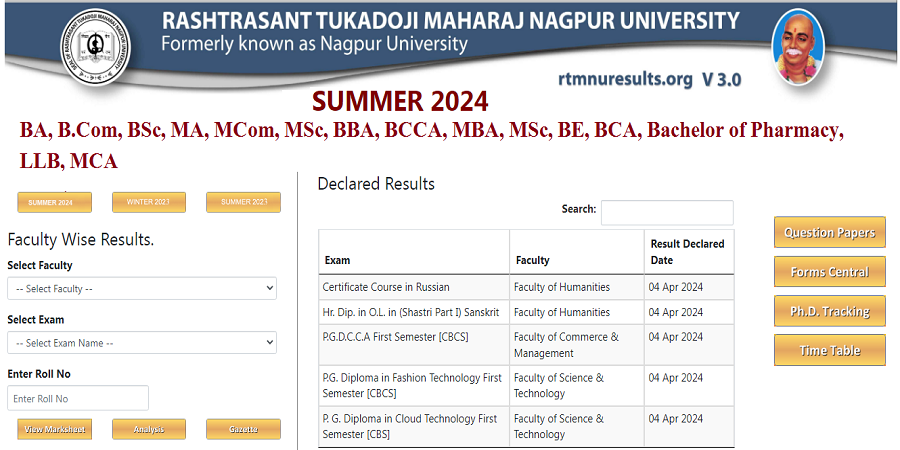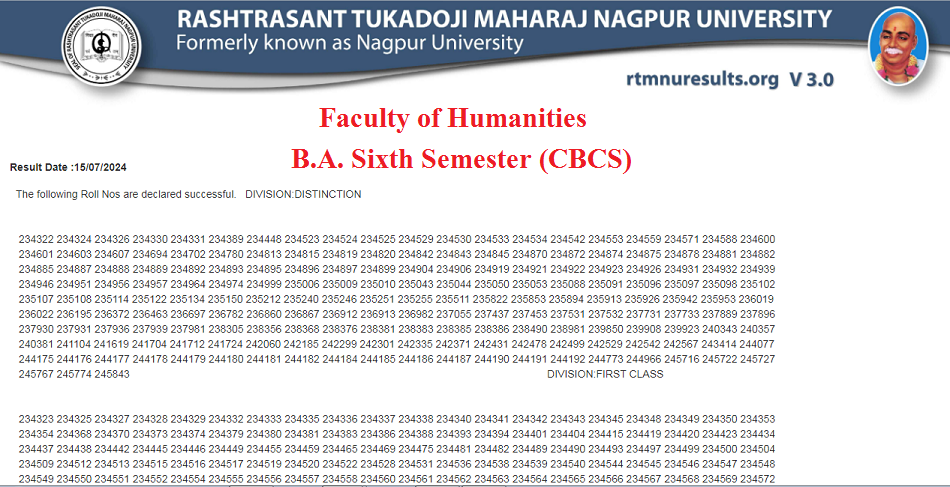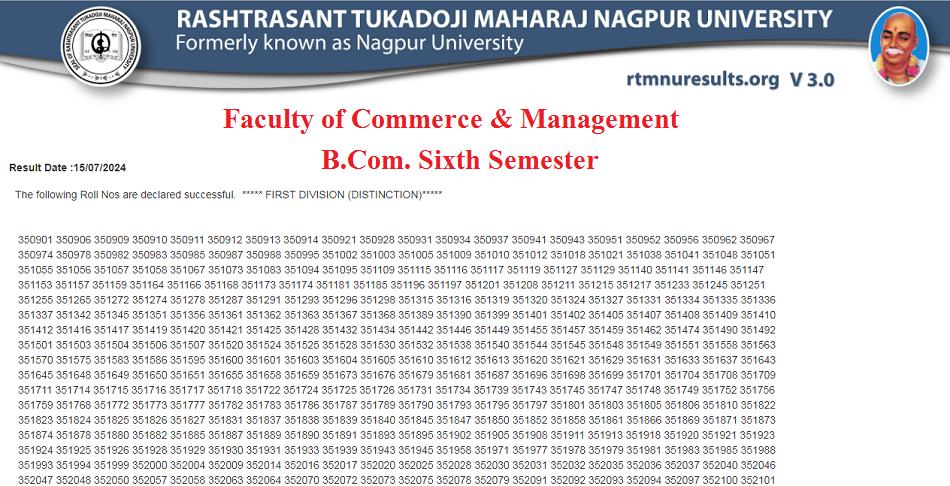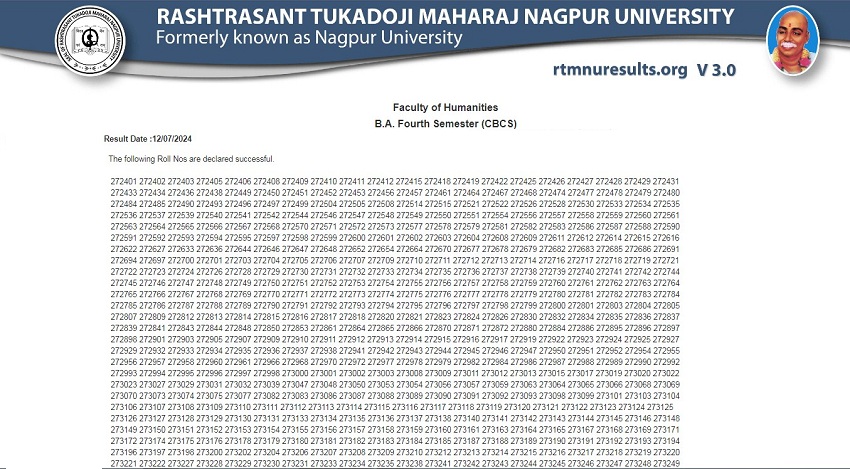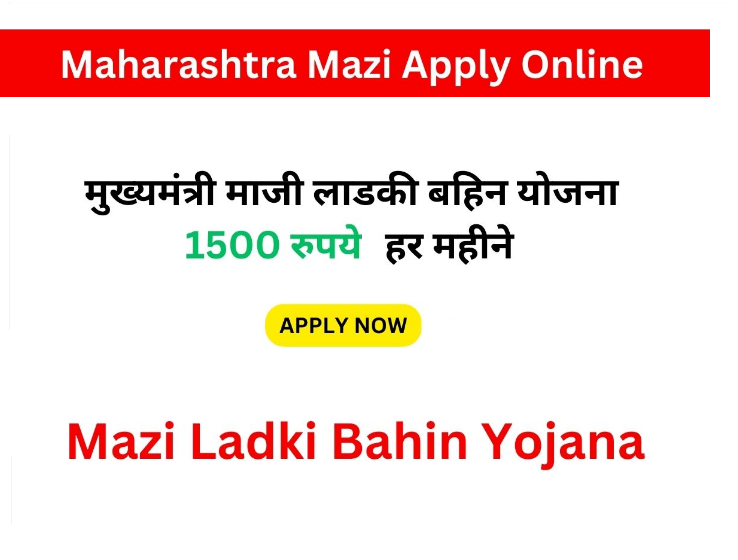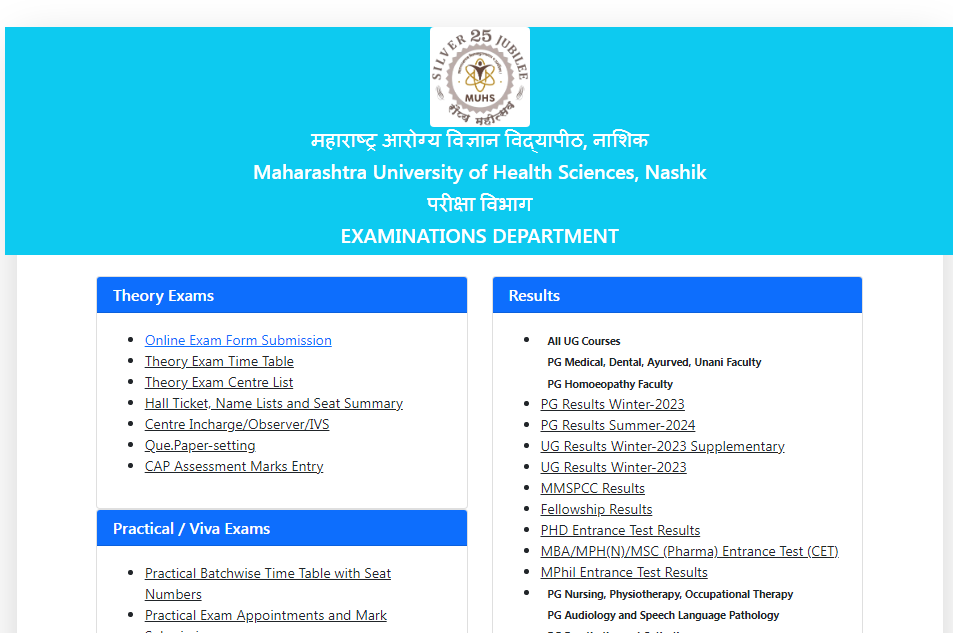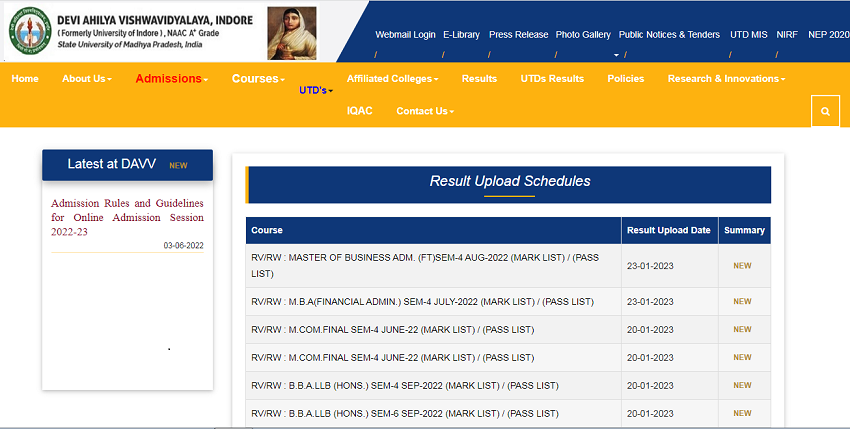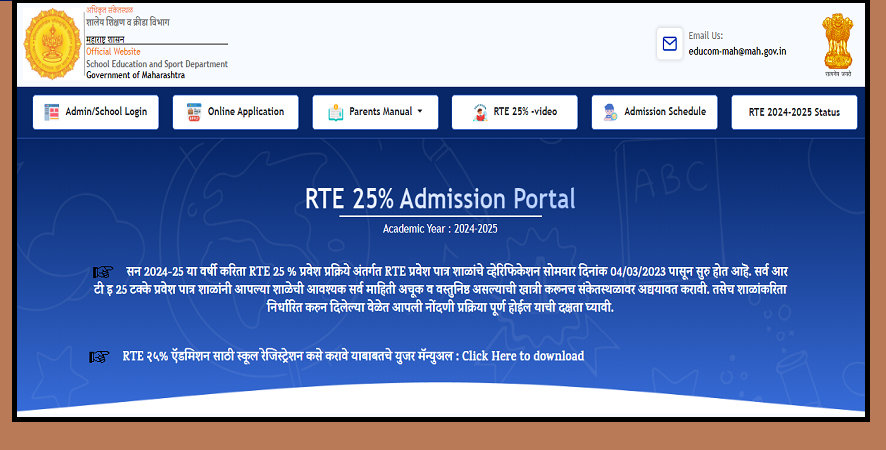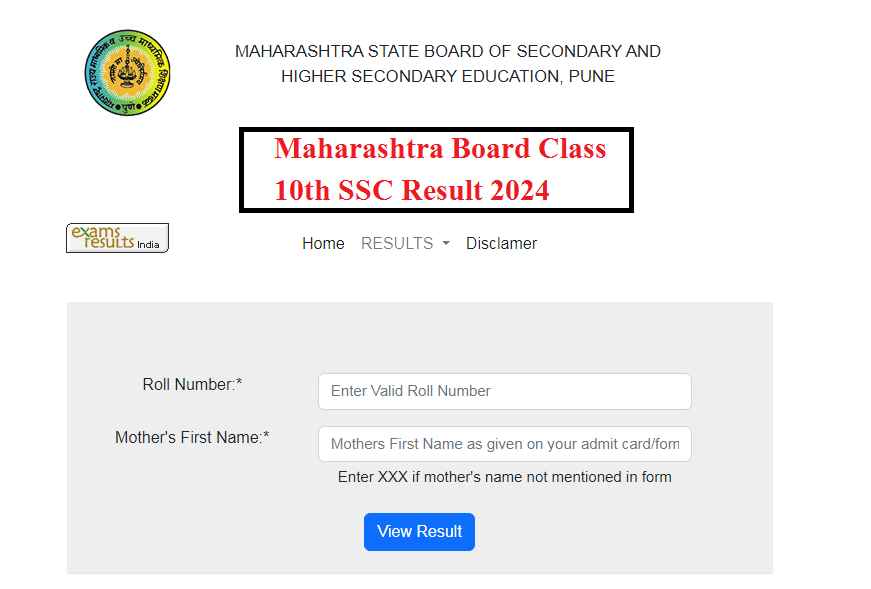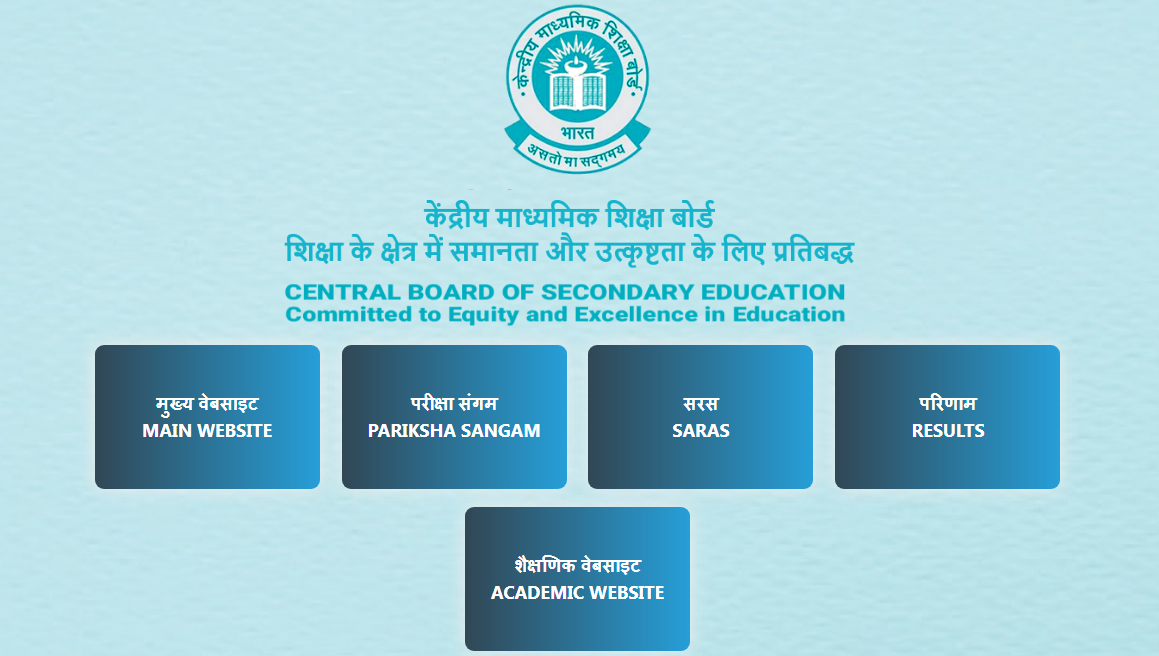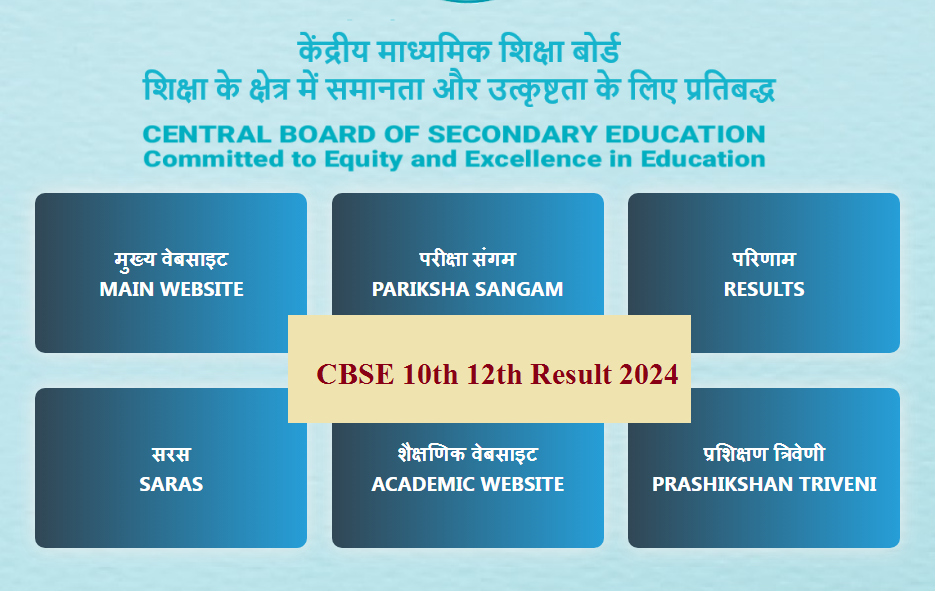Pune University Master of Business Administration (MBA) – Revised Syllabus
Savitribai Phule Pune University
Master of Business Administration (MBA) – Revised Syllabus 2019
2 year, 4 Semester Full time Programme
Choice Based Credit System (CBCS) and Grading System
Outcome Based Education Pattern
MBA I effective from AY 2019-20
MBA II effective from AY 2020-21
Semester I– Economic Analysis for Business Decisions
Compulsory Generic Core Course
1. Managerial Economics: Concept of Economy, Economics, Microeconomics, Macroeconomics. Nature and Scope of Managerial Economics, Managerial Economics and decision-making. Concept of Firm, Market, Objectives of Firm: Profit Maximization Model, Economist Theory of the Firm, Cyert and March’s Behavior Theory, Marris’ Growth Maximisation Model, Baumol’s Static and Dynamic Models, Williamson’s Managerial Discretionary Theory. (6+1)
2. Utility & Demand Analysis: Utility – Meaning, Utility analysis, Measurement of utility, Law of diminishing
marginal utility, Indifference curve, Consumer’s equilibrium – Budget line and Consumer surplus. Demand – Concept of Demand, Types of Demand, Determinants of Demand, Law of Demand, Elasticity of Demand, Exceptions to Law of Demand. Uses of the concept of elasticity. Forecasting: Introduction, Meaning and Forecasting, Level of Demand
Forecasting, Criteria for Good Demand Forecasting, Methods of Demand Forecasting, Survey Methods, Statistical
Methods, Qualitative Methods, Demand Forecasting for a New Products. (Demand Forecasting methods – Conceptual treatment only numericals not expected) (8+1)
3. Supply & Market Equilibrium: Introduction, Meaning of Supply and Law of Supply, Exceptions to the Law of
Supply, Changes or Shifts in Supply. Elasticity of supply, Factors Determining Elasticity of Supply, Practical Importance, Market Equilibrium and Changes in Market Equilibrium. Production Analysis: Introduction, Meaning of Production and Production Function, Cost of Production. Cost Analysis: Private costs and Social Costs, Accounting Costs and Economic costs, Short run and Long Run costs, Economies of scale, Cost-Output Relationship – Cost Function, Cost-Output Relationships in the Short Run, and Cost-Output Relationships in the Long Run. (8+1)
4. Revenue Analysis and Pricing Policies: Introduction, Revenue: Meaning and Types, Relationship between
Revenues and Price Elasticity of Demand, Pricing Policies, Objectives of Pricing Policies, Cost plus pricing. Marginal cost pricing. Cyclical pricing. Penetration Pricing. Price Leadership, Price Skimming. Transfer pricing. Price Determination under Perfect Competition- Introduction, Market and Market Structure, Perfect Competition, Price-Output Determination under Perfect Competition, Short-run Industry Equilibrium under Perfect Competition, Short-run Firm Equilibrium under Perfect Competition, Long-run Industry Equilibrium under Perfect Competition, Long-run Firm Equilibrium under Perfect Competition. Pricing Under Imperfect Competition- Introduction, Monopoly, Price Discrimination under Monopoly, Bilateral Monopoly, Monopolistic Competition, Oligopoly, Collusive Oligopoly and Price Leadership, Pricing Power, Duopoly, Industry Analysis. Profit Policy: Break Even analysis. Profit Forecasting. Need for Government Intervention in Markets. Price Controls. Support Price. Preventions and Control of Monopolies. System of Dual Price. (11+1)
5. Consumption Function and Investment Function: Introduction, Consumption Function, Investment Function, Marginal efficiency of capital and business expectations, Multiplier, Accelerator. Business Cycle: Introduction, Meaning and Features, Theories of Business Cycles, Measures to Control Business Cycles, Business Cycles and Business Decisions.(7+1)
Suggested Text Books:
1. Managerial Economics, Peterson, Lewis, Sudhir Jain, Pearson, Prentice Hall
2. Managerial Economics, D. Salvatore, McGraw Hill, New Delhi.
3. Managerial Economics, Pearson and Lewis, Prentice Hall, New Delhi
4. Managerial Economics, G.S. Gupta, T M H, New Delhi.
5. Managerial Economics, Mote, Paul and Gupta, T M H, New Delhi.
Suggested Reference Books:
1. Managerial Economics, Homas and Maurice, Tata McGraw Hill
2. Managerial Economics – Analysis, Problems and Cases, P.L. Mehta, Sultan Chand Sons, New Delhi.
3. Managerial Economics, Varshney and Maheshwari, Sultan Chand and Sons, New Delhi.
4. Managerial Economics, D.M.Mithani
5. Managerial Economics, Joel Dean, Prentice Hall, USA.
6. Managerial Economics by H L Ahuja, S Chand & Co. New Delhi.
______________________________________________________________________________
Semester I – Business Research Methods
Compulsory Generic Core Course
1. Foundations of Research: Definition of Research, Need of business research, Characteristics of scientific research method, Typical Research applications in business and management. Questions in Research: Formulation of Research Problem – Management Question – Research Question – Investigation Question. The process of business research: Literature review – Concepts and theories – Research questions – Sampling – Data collection – Data analysis – Writing up – The iterative nature of business research process, Elements of a Research Proposal. Practical considerations: Values – researcher & organization. Ethical principles – Harm to participants, Lack of informed consent, Invasion of privacy, SPPU – MBA Revised Curriculum 2019 CBCGS & OBE Pattern Deception, Reciprocity and trust, Affiliation and conflicts of interest. Legal considerations – Data management,
Copyright. (6+1)
2. Research Design: Concept, Features of a robust research design. Exploratory, Descriptive, Quasi Experimental,
Experimental research designs, Concept of Cause and Effect, Difference between Correlation and causation. Types of
Variables – Independent, Dependent, concomitant, mediating, moderating, extraneous variables, Basic knowledge of
Treatment & Control group, Case study design. Cross-sectional and Longitudinal designs, Qualitative and Quantitative research approaches, Pros and Cons of various designs, choice of a research design. Hypothesis: Definition, research Hypothesis, Statistical hypothesis, Null hypothesis, Alternative Hypothesis, Directional Hypothesis, Non-directional hypothesis. Qualities of a good Hypothesis, Framing Null Hypothesis & Alternative Hypothesis. Concept of Hypothesis Testing – Logic & Importance. (7+1)
3. Data & Measurement: Meaning of data, Need for data. Secondary Data: Definition, Sources, Characteristics,
Advantages and disadvantages over primary data, Quality of secondary data – Sufficiency, adequacy, reliability and
consistency. Primary Data: Definition, Advantages and disadvantages over secondary data. Measurement: Concept of measurement, What is measured? Problems in measurement in management research – Validity and Reliability, Levels of measurement – Nominal, Ordinal, Interval, Ratio. Attitude Scaling Techniques: Concept of Scale – Rating Scales viz. Likert Scales, Semantic Differential Scales, Constant Sum Scales, Graphic Rating Scales – Ranking Scales – Paired Comparison & Forced Ranking – Concept and Application. Questionnaire: Questionnaire Construction – Personal Interviews, Telephonic survey Interviewing, Online questionnaire tools. (8+1)
4. Sampling: Basic Concepts: Defining the Universe, Concepts of Statistical Population, Sample, Characteristics of a good sample. Sampling Frame, determining the sample frame, Sampling errors, Non Sampling errors, Methods to reduce the errors, Sample Size constraints, Non Response. Probability Sample: Simple Random Sample, Systematic Sample, Stratified Random Sample, Area Sampling & Cluster Sampling. Non Probability Sample: Judgment Sampling, Convenience Sampling, Purposive Sampling, Quota Sampling & Snowballing Sampling methods. Determining size of the sample: Practical considerations in sampling and sample size, (sample size determination formulae and numericals not expected) (9+1)
5. Data Analysis & Report Writing: Data Analysis: Cleaning of Data, Editing, Coding, Tabular representation of data, frequency tables, Univariate analysis – Interpretation of Mean, Median Mode; Standard deviation, Coefficient of Variation. Graphical Representation of Data: Appropriate Usage of Bar charts, Pie charts, Line charts, Histograms.
Bivariate Analysis: Cross tabulations, Bivariate Correlation Analysis – meaning & types of correlation, Karl Person’s
coefficient of correlation and spearman’s rank correlation. Chi-square test including testing hypothesis of association, association of attributes. Linear Regression Analysis: Meaning of regression, Purpose and use, Linear regression; Interpretation of regression co-efficient, Applications in business scenarios. Test of Significance: Small sample tests: t (Mean, proportion) and F tests, Z test. Non-parametric tests: Binomial test of proportion, Randomness test. Analysis of Variance: One way and two-way Classifications. Research Reports: Structure of Research report, Report writing and Presentation. (10+1)
Note:
1. It is desirable to use MS Excel / SPSS / Systat for delivery of unit 5.
2. For unit 5, Formulae and calculations are not expected. Interpretation of the given data/test outcomes is expected
for appropriate managerial decisions / inferences.
Suggested Text Books:
1. Business Research Methods, Donald Cooper & Pamela Schindler, TMGH.
2. Business Research Methods, Alan Bryman & Emma Bell, Oxford University Press
3. Research Methods for Social Work, Allen, Earl R. Babbie, Cengage
4. Research Methods in Business Studies: A Practical Guide, Pervez Ghauri, Dr Kjell Gronhaug, FT Prentice Hall
Suggested Reference Books:
1. Business Research Methods, William G. Zikmund, Barry J. Babin, Jon C. Carr, Mitch Griffin, Cengage Learning
2. Approaches to social research, Royce Singleton, Bruce C. Straits, Margaret Miller Straits, Oxford University Press
3. Research Methods: The Basics, Nicholas S. R. Walliman, Nicholas Walliman, Routledge,
4. Research Methodology In Management, Dr.V.P.Michael
